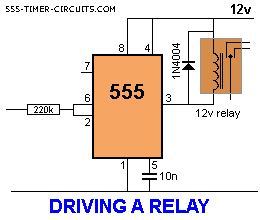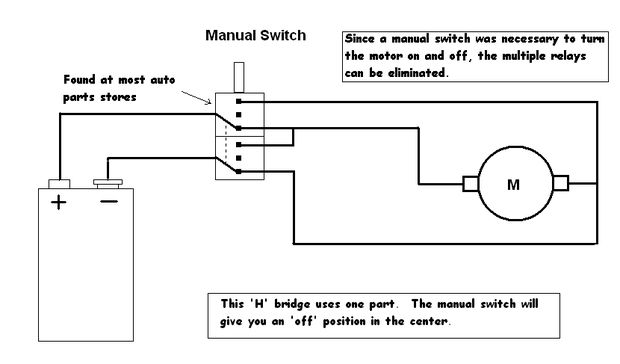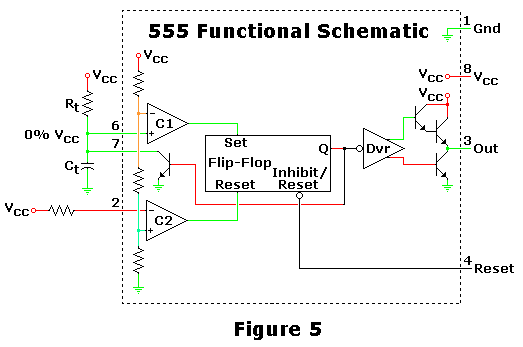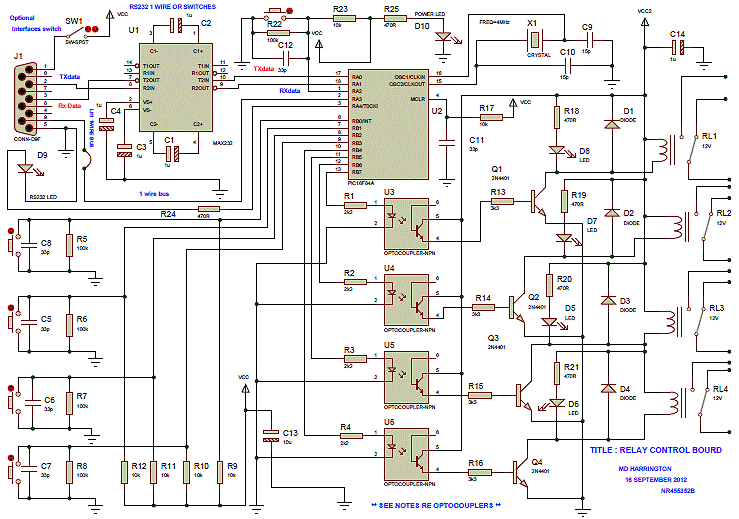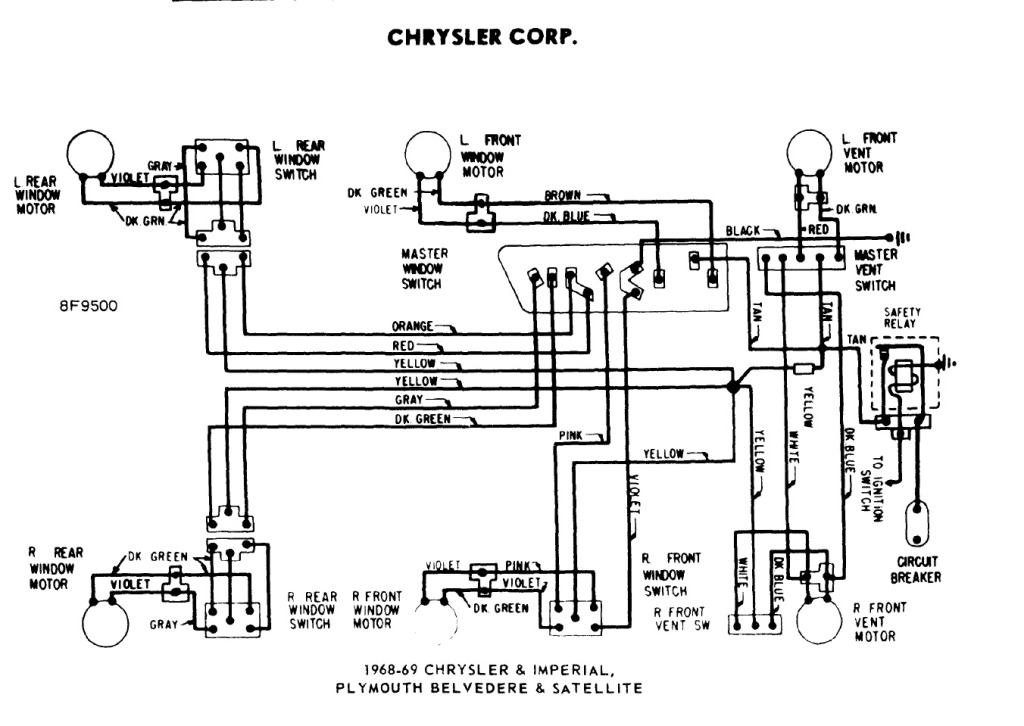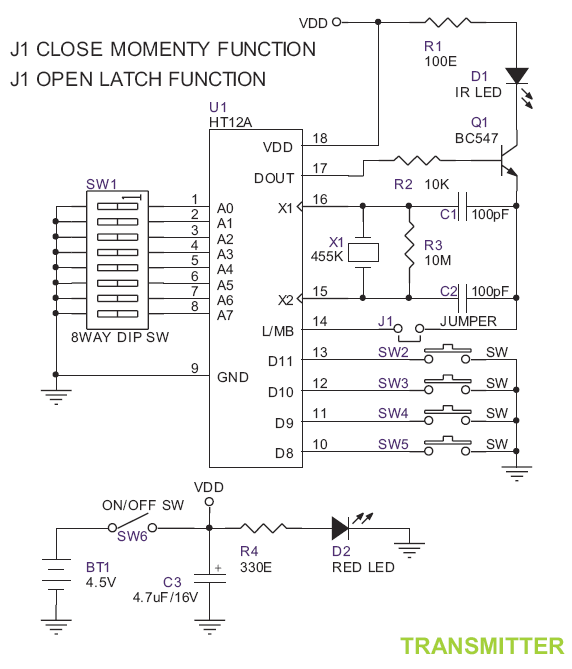
Low-Consumption Monostable Relay
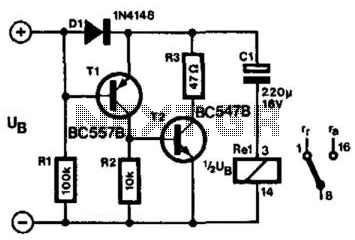
A monostable relay has two states: operative when a sufficient current flows through its coil and quiescent when no current flows. A relay contact that assumes a certain position after the supply voltage has been switched on is required in many applications. Many relays operate in that manner; however, most of these relays require an energizing current of 50 mA or more, which typically precludes a battery supply. The circuit presented here, which uses a bistable relay, can solve that problem. The contact of a bistable relay normally remains in the position it is in after the supply is switched off. This circuit, however, makes the bistable relay behave like a monostable type at a modest current. When the supply voltage is switched on, CI charges via D1 and the relay coil. The current flowing through the coil causes the relay contact to assume one of two positions. The forward drop across D1 ensures that the base of T1 (in this condition) is more positive than its emitter, so T1, and thus T2, is switched off. When the supply voltage is switched off, the emitter of T1 is connected to the positive terminal of CI, while the base is connected to the negative terminal of the capacitor via R1 and the relay coil. This results in T1, and thus T2, switching on so that CI discharges via T4 and the relay. The current flows through the relay coil, then flows in the opposite direction, causing the contact to change over. The bistable relay thus behaves exactly as a monostable with the advantage that the operational current is determined by R1, which amounts to only 130 ohms. To ensure reliable operation, the rating of the relay coil should be 65 to 75% of the supply voltage. In the prototype, a 9-V relay was used with a battery supply voltage of 12 V.
The circuit employs a bistable relay to function in a monostable manner, effectively minimizing the current requirements for operation. The relay operates based on the charging and discharging of capacitor CI, which is pivotal in controlling the state of the relay contacts. When the supply voltage is applied, capacitor CI charges through diode D1 and the relay coil, allowing the current to flow and switch the relay contact to its active state. The forward voltage drop across D1 is crucial, as it ensures that the base of transistor T1 is biased correctly, keeping T1 and T2 in an off state during the initial activation phase.
Upon disconnecting the supply voltage, the circuit configuration changes. The emitter of T1 connects to the positive terminal of CI, while the base connects to the negative terminal through resistor R1 and the relay coil. This configuration induces a condition where T1 turns on, leading to T2 also being activated. As a result, CI discharges through transistor T4 and the relay, reversing the current direction through the relay coil, which triggers the contact to switch over to its alternate position.
The design emphasizes low operational current, with resistor R1 set at 130 ohms, allowing for effective performance without the need for high current supplies, making it suitable for battery-powered applications. The relay coil's voltage rating is critical, recommended to be between 65% to 75% of the supply voltage to ensure reliable operation. In practical implementations, such as the prototype using a 9-V relay with a 12 V battery, this circuit configuration demonstrates an efficient solution for applications requiring a monostable relay function while maintaining low power consumption. A monostable relay has two states: operative when a large enough current flows through its coil and quiesc ent when no current flows. A relay contact that assumes a certain position after the supply voltage has been switched on is required in many applications. Of course, many relays operate in that manner. However, most of these relays require an energizing current of 50 mA or more and that normally precludes a battery supply.
The circuit presented here, which uses a bistable relay, can solve that problem. The contact of a bistable relay normally remains in the position it is in after the supply is switched off. This circuit, however, makes the bistable relay behave like a monostable type, at a modest current. When the supply voltage is switched on, CI charges via Dl and the relay coil. The current then flowing through the coil causes the relay contact to assume one of two positions. The forward drop across Dl ensures that the base of Tl On this condition) is more positive than its emitter so that Tl, and thus T2, is switched off.
When the supply voltage is switched off, the emitter of Tl is connected to the positive terminal of CI, while the base is connected to the negative terminal of the capacitor via Rl and the relay coil. This results in Tl, and thus T2, switching on so that CI discharges via T4 and the relay. The current flows through the relay coil, then flows in an opposite direction and this causes the contact to change over.
The bistable relay thus behaves exactly as a monostable with the advantage, however, that the operational current is determined by Rl, which amounts to only 130 . To ensure reliable operation, the rating of the relay coil should be 65 to 75% of the supply voltage.
In the prototype, a 9-V relay was used with a battery supply voltage of 12 V. 🔗 External reference
The circuit employs a bistable relay to function in a monostable manner, effectively minimizing the current requirements for operation. The relay operates based on the charging and discharging of capacitor CI, which is pivotal in controlling the state of the relay contacts. When the supply voltage is applied, capacitor CI charges through diode D1 and the relay coil, allowing the current to flow and switch the relay contact to its active state. The forward voltage drop across D1 is crucial, as it ensures that the base of transistor T1 is biased correctly, keeping T1 and T2 in an off state during the initial activation phase.
Upon disconnecting the supply voltage, the circuit configuration changes. The emitter of T1 connects to the positive terminal of CI, while the base connects to the negative terminal through resistor R1 and the relay coil. This configuration induces a condition where T1 turns on, leading to T2 also being activated. As a result, CI discharges through transistor T4 and the relay, reversing the current direction through the relay coil, which triggers the contact to switch over to its alternate position.
The design emphasizes low operational current, with resistor R1 set at 130 ohms, allowing for effective performance without the need for high current supplies, making it suitable for battery-powered applications. The relay coil's voltage rating is critical, recommended to be between 65% to 75% of the supply voltage to ensure reliable operation. In practical implementations, such as the prototype using a 9-V relay with a 12 V battery, this circuit configuration demonstrates an efficient solution for applications requiring a monostable relay function while maintaining low power consumption. A monostable relay has two states: operative when a large enough current flows through its coil and quiesc ent when no current flows. A relay contact that assumes a certain position after the supply voltage has been switched on is required in many applications. Of course, many relays operate in that manner. However, most of these relays require an energizing current of 50 mA or more and that normally precludes a battery supply.
The circuit presented here, which uses a bistable relay, can solve that problem. The contact of a bistable relay normally remains in the position it is in after the supply is switched off. This circuit, however, makes the bistable relay behave like a monostable type, at a modest current. When the supply voltage is switched on, CI charges via Dl and the relay coil. The current then flowing through the coil causes the relay contact to assume one of two positions. The forward drop across Dl ensures that the base of Tl On this condition) is more positive than its emitter so that Tl, and thus T2, is switched off.
When the supply voltage is switched off, the emitter of Tl is connected to the positive terminal of CI, while the base is connected to the negative terminal of the capacitor via Rl and the relay coil. This results in Tl, and thus T2, switching on so that CI discharges via T4 and the relay. The current flows through the relay coil, then flows in an opposite direction and this causes the contact to change over.
The bistable relay thus behaves exactly as a monostable with the advantage, however, that the operational current is determined by Rl, which amounts to only 130 . To ensure reliable operation, the rating of the relay coil should be 65 to 75% of the supply voltage.
In the prototype, a 9-V relay was used with a battery supply voltage of 12 V. 🔗 External reference
